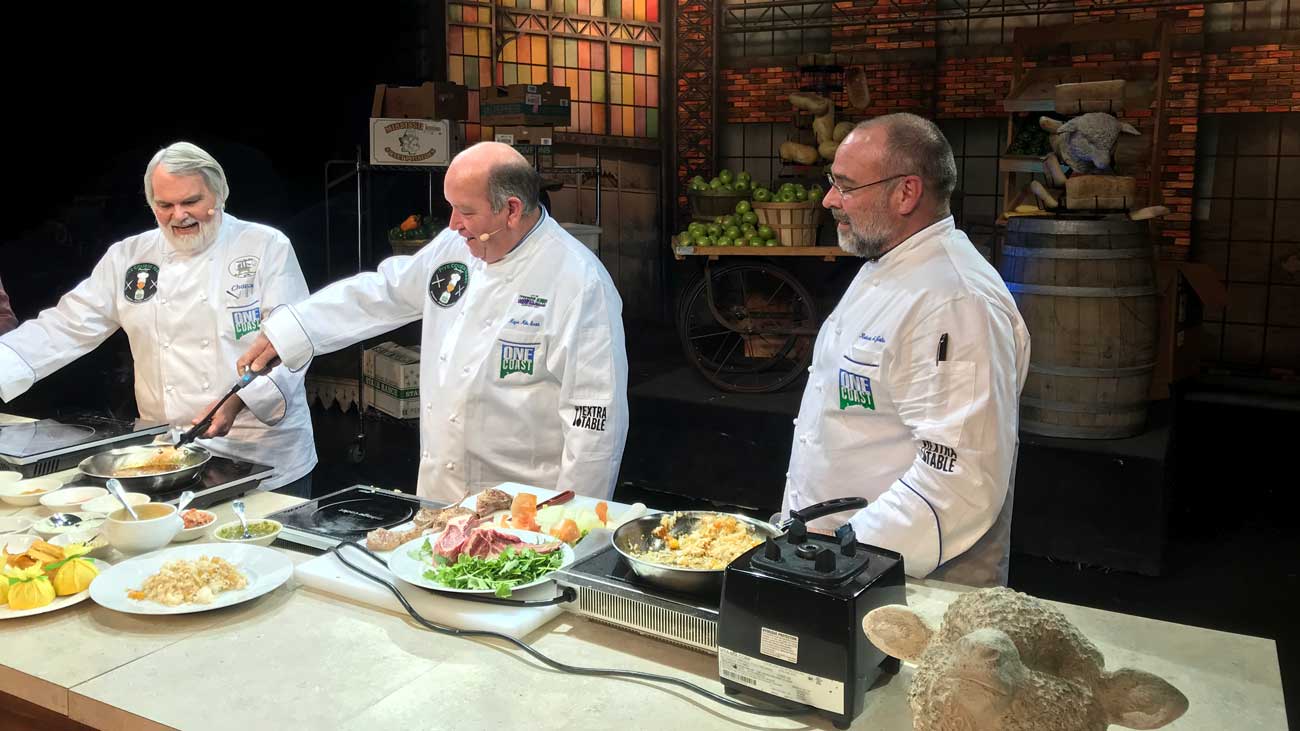During a six-month journey through 17 European countries I ate breakfast in many different locales.
When we were on a fast-paced leg of the journey, and I only had one morning in a certain town or country, I would hit the streets and try to find the best bakery in the neighborhood or vicinity. When we settled in for a few nights, I would find the best bakery in the area and then become a regular for a few days.
In Tuscany I found a bakery, one village over, where I ate a croissant every morning. I made friends with the ladies who worked there, and visited them again last year when I returned. In Paris, we were in the heart of the city, just a few blocks from the Louvre, and there was a patisserie every 100 feet. Some were good, with pastries made in house, and others were average.
Croissants, though French in origin, are eaten all throughout Europe. The best are served in France and Austria. They were my go-to breakfast food the entire expedition. I ate them everywhere, from centuries-old bakeries in Milan to sidewalk patisseries in Lyon. Croissants were surprisingly good in Austria and Greece, mostly good in Italy and Spain, and not very good in Switzerland. It’s no surprise that croissants were almost always good in France.
On the flight home I was browsing through my notes, romantically reminiscing about each and every breakfast and locale. I began to get a little disheartened over the future fate of my breakfasts in America, and then I remembered C’est la Vie bakery across the street from my office. Actually, 97 steps from door to door.
Breakfast is a serious proposition for me, so trust me when I state— unequivocally— that the pastries that are available to me across the street from my office in Hattiesburg, Mississippi, are better than any I ate in 16 European countries, and as good as— and sometimes better than— the best pastries I ate in France. That is a true statement.
The selection at C’est La Vie is limited, but filled with winners, all of which are baked fresh every morning. There are regular croissants, almond croissants (my friend David drives down from Jackson to eat those), and chocolate croissants. There are usually scones and several filled pastries. The winners for me are the custard-raisin croissant and the plain croissant. Though the biggest seller is the cinnamon croissant.
It comforts me to know that I had to travel all over Europe to find a pastry that was “as good” as what is available to me in my Mississippi hometown. Janusz owns the bakery. That is what his business card states, just “Janusz,” like Elvis, Bono, or Sting, and he is a rock star when it comes to baking European pastries. His lunch quiche is world-class, too.
Originally from Lille, France, Janusz moved to New York several decades ago, and after stints at The Four Seasons in Montreal and Florida, he opened his small shop on Hardy Street in Hattiesburg.
Around this time of year Janusz makes Mardi Gras king cakes. I’ve eaten king cake all of my life— in all of the great bakeries in and around New Orleans, and all of the popular mail-order bakeries in the area. None can compare to the king cakes made by Janusz.
Galette des rois are a part of the pre-Lenten carbfest in France. From January sixth until Ash Wednesday, the original Mardi Gras cakes are made with puff pastry dough in the north, and with brioche and candied fruit in the south. Janusz hails from the north, yet he uses brioche dough when making his king cakes.
Traditional king cakes in this part of the world are topped with sugar that has been colored the Mardi Gras colors of purple, green, and gold. Even though that is the way we serve king cake bread pudding our restaurants, I don’t like it. I prefer the French version that is not too sweet and without a bunch of colored, grainy sugar on top.
Janusz makes the standard cream-cheese and fruit-filled filled king cakes but he also takes special orders and creates all manner of exotic versions. I always know that, in a Frenchman’s hands, my king cake fate is bright.
On occasion we complain about the town in which we live and the amenities available to us. The grass seems a little greener and the pastries seem to taste a little sweeter halfway around the globe. Sometimes we just need to open our eyes and look across the street.
KING CAKE BREAD PUDDING
2 cups milk
2 cups heavy whipping cream
3/4 cup sugar, divided
4 egg yolks
8 eggs
2 tsp vanilla
1/8 tsp salt
1 tsp cinnamon
1 8-10” round cream cheese filled King Cake
Place the milk, cream and half of the sugar in a small sauce pot and place over medium heat. Bring this mixture to a simmer, stirring occasionally to prevent the sugar from burning. While the milk mixture is heating, place the remaining sugar, egg yolks, whole eggs, vanilla and salt into a stainless steel mixing bowl. Using a wire whisk, beat the egg mixture until it become light yellow in color. Slowly begin adding the hot milk to the beaten eggs, whisking constantly to prevent the eggs from cooking.
Cut the King Cake into two inch thick slices.
Pour half of the custard into a two-quart round Pyrex baking dish (nine-inch diameter).
Submerge the King cake slices into the custard. Pour the remaining custard over the top and cover the baking dish. Cover and refrigerate over night.
Preheat oven to 325 degrees.
Remove the covering from the refrigerated bread pudding and gently press down the King Cake so that the custard completely covers the surface. Cover the bread pudding with a piece of parchment paper, and then cover the paper with a piece of aluminum foil.
In a roasting pan large enough to hold the Pyrex dish, place two inches of hot water. Place the Pyrex dish in the water and bake for 40 minutes. Remove the foil and parchment paper and bake for 10 additional minutes.
Remove from the oven and allow the pudding to rest for one hour before serving.
Serve with Brandy Crème Anglaise
Yields 8-10 servings
Brandy Crème Anglaise
1 cup cream
1/2 cup half and half
1/4 cup brandy
3/4 cup sugar, divided
4 egg yolks
1 tsp vanilla extract
In a stainless steel pot bring the cream, half and half, brandy, half of the sugar and to vanilla a simmer. While it is heating, combine the yolks and remaining sugar in a mixing bowl and whip until pale yellow in color.
Slowly begin adding the cream mixture into to yolks, stirring constantly until all the milk has cream mixture has been added. Pour the mixture back into the sauce pot and cook over a low-medium flame stirring constantly. Cook until the mixture becomes thick enough to coat a spoon or spatula.
Remove from the heat and cool down in an ice bath.
This sauce may be made two-three days in advance.
Yields : 8-10 servings



